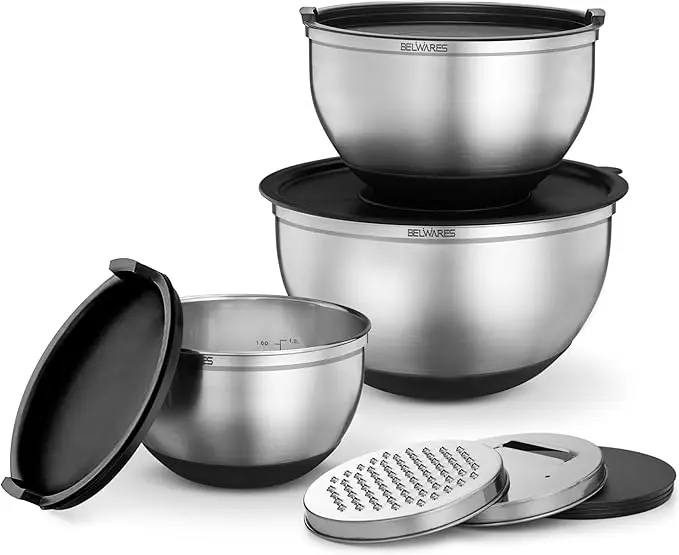Turkish coffee is known for its rich, bold flavor and unique texture. The key to achieving this is the traditional brewing method that uses finely ground coffee beans and a copper cezve pot. While the cezve is ideal, you can still make delicious Turkish coffee at home without this special pot. The key is using the right combination of ingredients and techniques.
In this article, you’ll learn multiple methods for making authentic, strong Turkish coffee with common kitchen tools like a pot and grinder. Discover how to achieve the perfect foam, correct proportions, and required grind to master the Turkish coffee experience in your kitchen. Once you try Turkish coffee made your way, you’ll never settle for regular brewed coffee again.
How To Make Turkish Coffee Without Cezve or Irbik?

Ingredients:
- 2-3 tbsp finely ground Turkish coffee (or espresso) per 6 oz cup
- 6 oz cold water per 6 oz cup
- Sugar (optional)
- Cardamom (optional)
Equipment:
- Burr coffee grinder or spice grinder
- Small saucepan with handle
- Wooden spoon

Ninja 12-Cup Programmable Coffee Maker
2 BREW STYLES | 12-CUP GLASS CARAFE | SMALL BATCH FUNCTION | ADJUSTABLE WARMING PLATE | REMOVABLE WATER RESERVOIR | 12-CUP GLASS CARAFE
Check on Amazon ➯9.9 ⭐
Instructions:
- Using a burr grinder, grind your coffee beans into a fine powder. Make sure there are no large chunks or grounds.
- Add 6 oz cold water to a small saucepan for each 6 oz cup you are making. If using sugar, add 1-2 tsp sugar per 6 oz and stir to dissolve.
- Add 2-3 tbsp finely ground Turkish coffee to the water. You can also add a pinch of cardamom. Do not stir the coffee in.
- Place the saucepan over medium heat. Watch carefully until it comes to a boil and the foam starts to rise.
- Once foam develops, remove it from heat. Pour a small amount of foam into each cup.
- Return the saucepan to medium heat. Repeat steps 4 and 5 two more times.
- After the third boil, remove from heat. Let coffee grounds settle for 1-2 minutes.
- Slowly pour coffee into each cup, leaving grounds behind in a saucepan.
- Enjoy your Turkish coffee! Add more sugar if desired.
Related
Can You Add Sugar and Milk To The Turkish Coffee?
While traditionally Turkish coffee is served black, without milk or sugar, adding them is not prohibited. The key is to first understand the authentic method before personalizing your cup.
Turkish coffee is meant to be strong, thick, and bold in flavor. Many newcomers to this style find it too intense to take black. Adding a splash of milk can soften the bitterness and make the coffee more palatable. Start with just a teaspoon or two of milk and adjust to preference. Too much can ruin the signature texture.
Sugar also balances the robust taste. Like milk, begin with a half teaspoon to a teaspoon max per small cup. Stir vigorously before your first sip to integrate the sweetener. Too much sugar destroys the complex notes that make Turkish coffee special.
Keep in mind that milk and sugar are additions to suit your taste, not requirements. Appreciate a traditional black Turkish coffee first to understand its essence. Then feel free to tweak with milk and sugar to find your personalized perfection. The key is starting authentic and adjusting to your liking from there.
Can You Make Turkish Coffee In Coffee Maker?
While you can attempt Turkish coffee in a standard drip coffee machine, the result will be quite different from the authentic method. Traditional Turkish coffee is meant to be strong, thick, and frothy, which is difficult to achieve in a typical coffee maker. The machines are designed for regular ground coffee brewed with higher water ratios.
To get somewhat close to Turkish coffee’s concentrated profile, use significantly more ground coffee than normal per cup, at least double. Opt for an ultra-fine grind, the closest you can get to a powdery consistency in a standard grinder. The “espresso” setting, if your machine has one, will produce a stronger concentration.
However, the coffee will still come out much more diluted compared to the traditional cezve method. The lack of repeated heating and frothing from the cezve also prevents the same bold, frothy texture. The result may taste similar, but the concentration and mouthfeel will be noticeably different from true Turkish coffee.
For those who enjoy Turkish coffee, investing in a quality cezve and using the proper technique is highly recommended over trying to mimic it in a standard coffee maker. The equipment and process truly impact the result.
🚀 Editor's Picks From Amazon For Our Readers




Powools Handheld Vacuum Cordless with 2 Filters, Car Vacuum Cleaner High Power with Fast Charge
Check on Amazon ➯4.5 ⭐

5-Speed Electric Hand Mixer, 800W Handheld Mixer with Turbo for Baking & Cooking
Check on Amazon ➯4.5 ⭐

Skin Tightening Face Machine - Microcurrent Anti-Aging Face Massager Eye De-Puffing Device
Check on Amazon ➯4.5 ⭐

Lefant M310 Robot Vacuum Cleaner,4500Pa Strong Suction, Slim Design, Quiet, PreciSense Obstacle Avoidance,
Check on Amazon ➯4.6 ⭐

